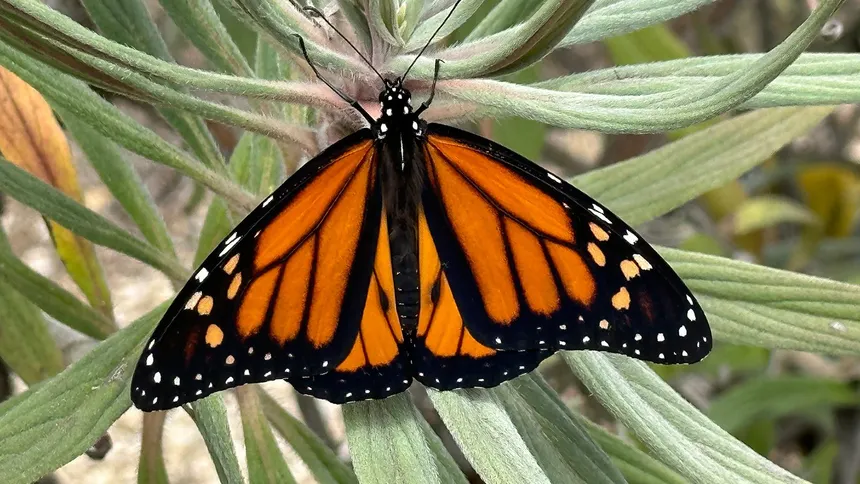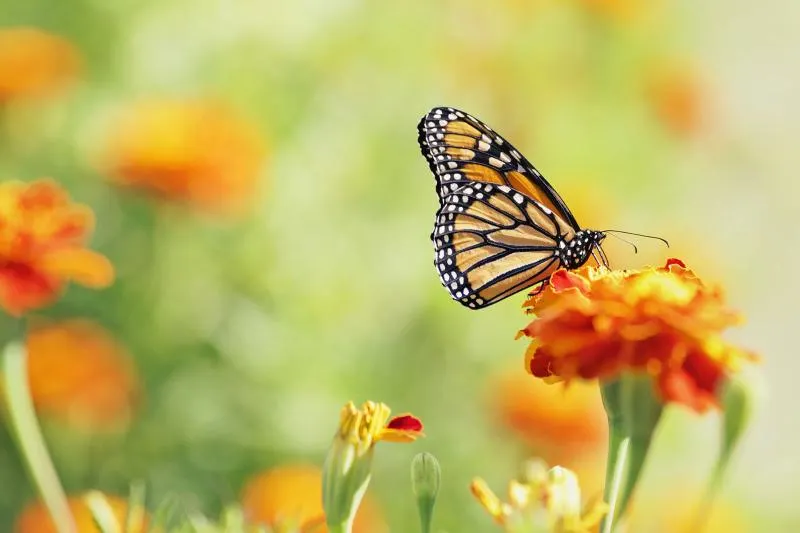20 Fascinating Facts About Butterflies

Butterflies are among the most enchanting creatures in the natural world. With their delicate wings, vibrant colors, and graceful flight, they have captured human imagination for centuries. But beyond their beauty lies a world of extraordinary biology and behavior. Here are 20 interesting facts that reveal why butterflies are such remarkable insects.
1. They Belong to the Lepidoptera Order
Butterflies, along with moths, belong to the insect order Lepidoptera, meaning “scale-winged,” referring to the tiny overlapping scales that cover their wings.
2. Wings Are Covered in Tiny Scales
Those shimmering colors are created not by pigments alone but by microscopic scales that refract light, producing iridescent patterns.
3. They Undergo Complete Metamorphosis
Butterflies develop through four stages—egg, caterpillar (larva), pupa (chrysalis), and adult—each stage serving a unique purpose in their life cycle.
4. Butterflies Taste With Their Feet
Special sensors on their feet help them detect whether a leaf is suitable for laying eggs and for caterpillars to eat.
5. They Can See Ultraviolet Light
In addition to the colors humans see, butterflies perceive ultraviolet patterns on flowers and wings that guide them to nectar sources and mates.
6. Some Species Migrate Thousands of Kilometers
The Monarch butterfly famously migrates up to 4,800 km (3,000 miles) from North America to Mexico, one of the most incredible insect migrations in the world.
7. Short Lifespans Vary by Species
Some butterflies live only a few days or weeks, while others, like migrating monarchs, can survive up to nine months.
8. Butterflies Can’t Fly When Cold
They are ectothermic (cold-blooded) and need to warm their bodies to at least 30°C (86°F) before they can fly. This is why they often bask in the sun with wings spread.

9. They Rely on a Proboscis to Drink
Instead of a mouth, butterflies have a long, coiled proboscis that works like a straw, allowing them to sip nectar, fruit juice, or other liquids.
10. Some Drink More Than Nectar
Certain species feed on tree sap, rotting fruit, mud puddles, and even animal tears or blood for minerals and nutrients.
11. Their Wing Colors Can Warn Predators
Bright colors can signal toxicity, as in the case of the poisonous pipevine swallowtail, while others use mimicry to look like more dangerous species.
12. They Have a Highly Sensitive Sense of Smell
Butterflies use their antennae to detect pheromones and scents from flowers, sometimes from several kilometers away.
13. Caterpillars Are Eating Machines
In their larval stage, they consume massive amounts of leaves, storing energy for their transformation into adults.
14. Many Species Are Pollinators
While feeding on nectar, butterflies inadvertently transfer pollen between flowers, aiding in plant reproduction.
15. Camouflage Helps Them Hide
Some butterflies have wing patterns that resemble leaves, bark, or even owl eyes, providing protection from predators.
16. They Can Fly in All Directions
Butterflies are agile fliers, capable of flying forward, backward, and even hovering briefly like a hummingbird.
17. Wing Span Ranges from Tiny to Giant
The smallest butterfly, the Western pygmy blue, has a wingspan of just 1.3 cm (0.5 in), while the Queen Alexandra’s birdwing can reach up to 30 cm (12 in).
18. Some Are Endangered
Habitat loss, climate change, and pesticides threaten many butterfly species, making conservation efforts essential.
19. Their Eyes Have Thousands of Lenses
Compound eyes allow butterflies to detect fast movements and a wide range of colors, aiding in predator avoidance and mate selection.
20. They’ve Been Around for Millions of Years
Fossil evidence suggests butterflies have existed for at least 56 million years, evolving alongside flowering plants.

Conclusion:
Butterflies are far more than delicate beauties—they are vital pollinators, master survivors, and a key part of ecosystems worldwide. By understanding and protecting them, we help preserve the intricate balance of nature and ensure that future generations can enjoy their colorful presence.



